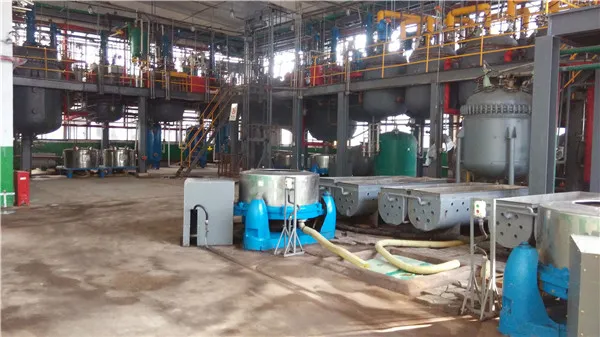The Pharma API Manufacturing Process An Overview
The pharmaceutical industry is known for its rigorous standards and intricate processes, particularly when it comes to the manufacturing of Active Pharmaceutical Ingredients (APIs). APIs are the essential components that produce the intended effects in medications, and their manufacturing involves a complex series of steps that ensure quality, safety, and efficacy.
1. Understanding API Manufacturing
API manufacturing typically begins with the synthesis of chemical compounds, which may involve various methods such as total synthesis, semi-synthesis, or biotechnological processes. Each method has its own set of advantages and challenges depending on the nature of the API. The choice of synthesis route is crucial as it affects not only the yield and purity of the API but also the cost-effectiveness and environmental impact of the manufacturing process.
2. The Process Steps
The manufacturing process can be divided into several key stages
- Raw Material Selection The selection of high-quality raw materials is fundamental to ensuring the purity and effectiveness of the final API. This also involves thorough vetting of suppliers to ensure compliance with Good Manufacturing Practices (GMP).
- Synthesis This is where the actual chemical reactions take place. Depending on the API, this can involve multiple reaction steps, purification processes, and intermediate compound synthesis. Each step must be closely monitored to maintain quality standards.
- Purification After synthesis, the crude API is usually impure and must undergo purification processes, such as crystallization, distillation, or chromatography. These methods help remove unwanted by-products and impurities.
pharma api manufacturing process

- Characterization This step ensures the API meets predefined specifications. Techniques such as High-Performance Liquid Chromatography (HPLC), Mass Spectrometry (MS), and Nuclear Magnetic Resonance (NMR) are commonly used for this purpose.
- Formulation Once the API is purified and characterized, it is formulated into a final pharmaceutical product, which may involve mixing with excipients to create tablets, capsules, liquids, or other dosage forms. This stage must also adhere to stringent regulations and guidelines.
3. Quality Control and Assurance
Quality control (QC) and quality assurance (QA) are critical throughout the API manufacturing process. QC involves testing the API at various stages to ensure it meets the necessary specifications, while QA focuses on establishing systems to guarantee that processes consistently produce APIs of the required quality. Both functions involve extensive documentation and compliance with regulatory authorities like the FDA or EMA, which enforce strict guidelines to protect patient safety and efficacy.
4. Regulatory Compliance
The pharmaceutical industry is one of the most regulated sectors, with stringent requirements for API manufacturing. Companies must comply with Good Manufacturing Practices (GMP), which dictate the manufacturing conditions, including hygiene, equipment calibration, staff training, and quality assurance protocols. Regulatory submissions to agencies such as the FDA or EMA are required before a drug can enter the market, ensuring that both the API and the final product are safe for human use.
Conclusion
The manufacturing of APIs is a sophisticated and regulated process that requires scientific expertise and strict adherence to quality standards. From selecting raw materials to final quality testing, each step is essential to produce safe and effective pharmaceutical products. As the demand for pharmaceuticals continues to rise globally, innovations in API manufacturing processes are essential to enhance efficiency, reduce costs, and ensure the delivery of high-quality medications to patients worldwide. Through ongoing research and development, the industry aims to improve these processes while maintaining the highest standards of safety and efficacy.

